Blog
What Are the Different Car Body Types?

The car body type defines a vehicle’s design, dimensions, and intended use. It directly affects interior space, trunk capacity, and overall functionality. From sedans and hatchbacks to SUVs and coupes, different car body types cater to varying user needs and aesthetic preferences. Choosing the right body type not only enhances your driving experience but also simplifies your daily life.
Terms like sedan, hatchback, SUV, and coupe represent different body types, each with its own impact on a vehicle’s practicality, comfort, and appearance.
Sedan
The sedan is one of the most popular and widely preferred car body types in the automotive world. Sedans typically have four doors and a spacious body design with a separate trunk. They are ideal for families and drivers who prioritize a comfortable ride, especially on long journeys, thanks to their generous interior space and luggage capacity.
Sedans deliver a balance of performance and comfort for both city and highway driving. Examples include the Honda Civic, Toyota Corolla, and BMW 3 Series.
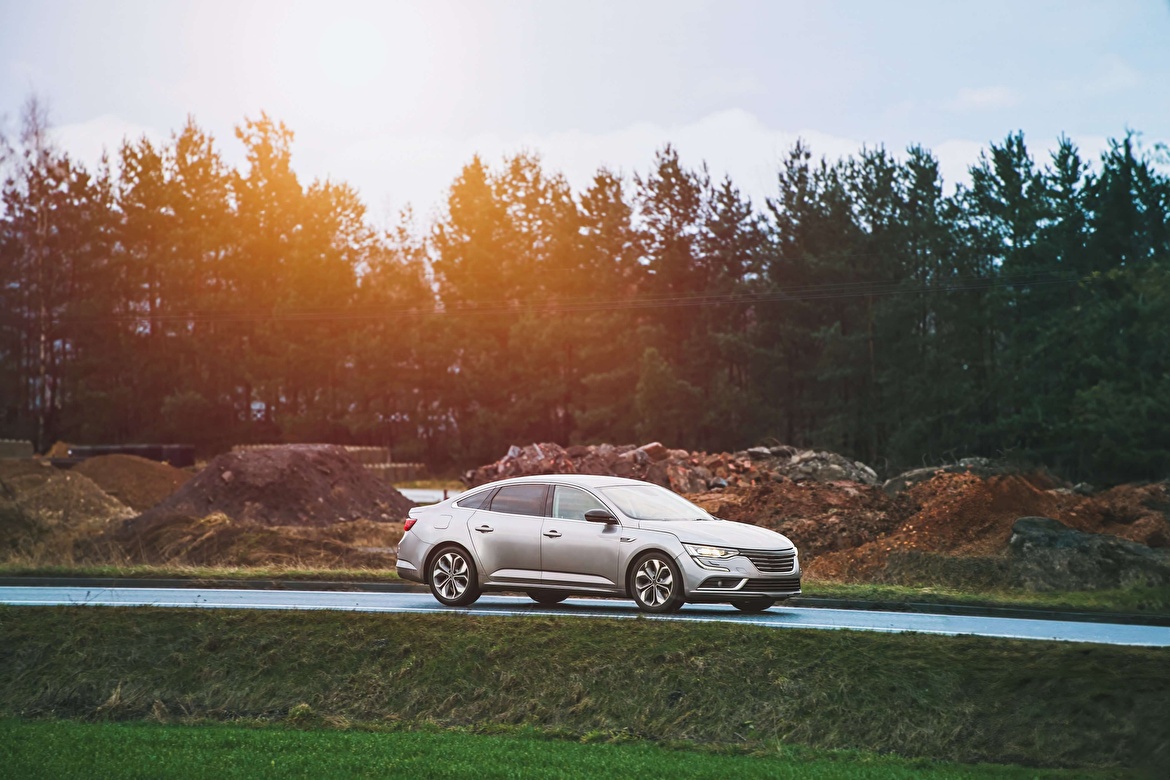
Hatchback
Hatchbacks are compact and practical vehicles with a rear door that includes the back window, providing direct access to the interior. The trunk and passenger area are integrated, making it easy to load and unload items. Due to their smaller size, hatchbacks are perfect for urban driving and offer excellent maneuverability and parking ease.
Folding the rear seats expands the trunk space, increasing carrying capacity. Examples include the Volkswagen Golf, Ford Focus, and Renault Clio.
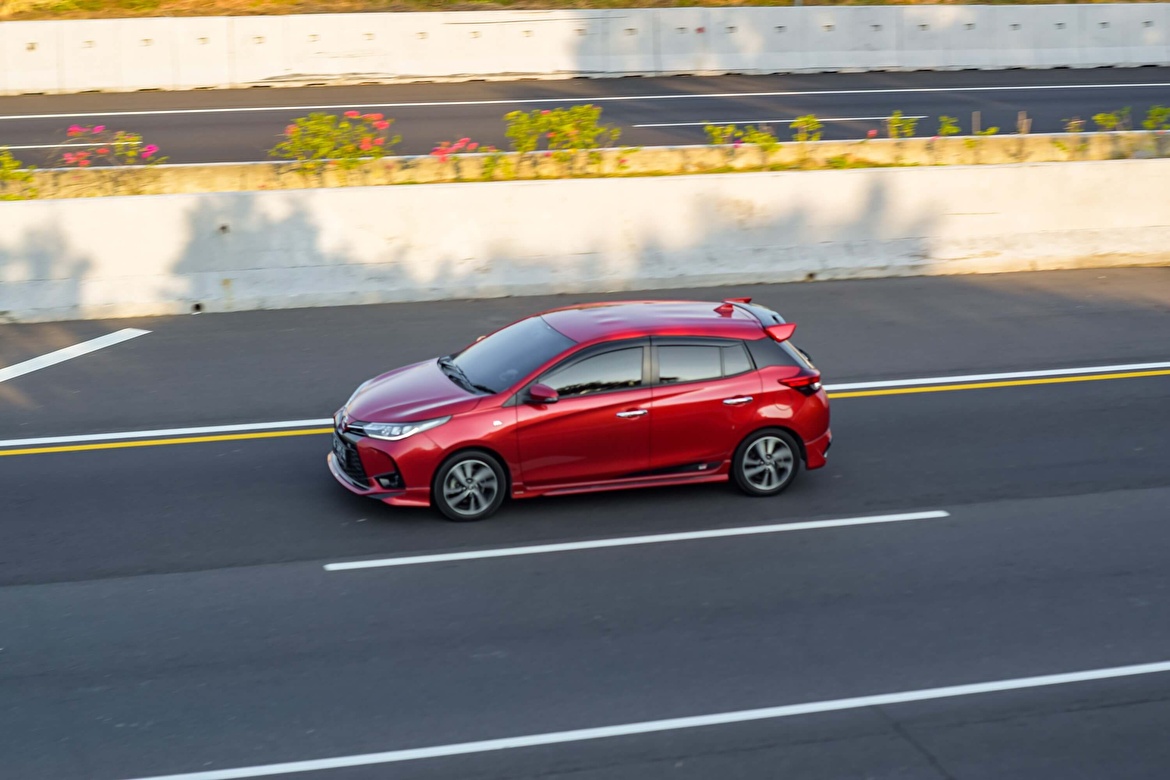
SUV (Sport Utility Vehicle)
SUVs are high-riding, spacious vehicles equipped with powerful engines. These vehicles are known for their rugged construction and ability to perform both on urban roads and off-road terrains. Offering a higher driving position, SUVs provide better road visibility and a more commanding driving experience.
They are popular among families and long-distance travelers due to their roomy interiors. Most SUV models also feature all-wheel drive, ensuring safe driving in tough conditions. Examples include the Toyota RAV4, Honda CR-V, and BMW X5.
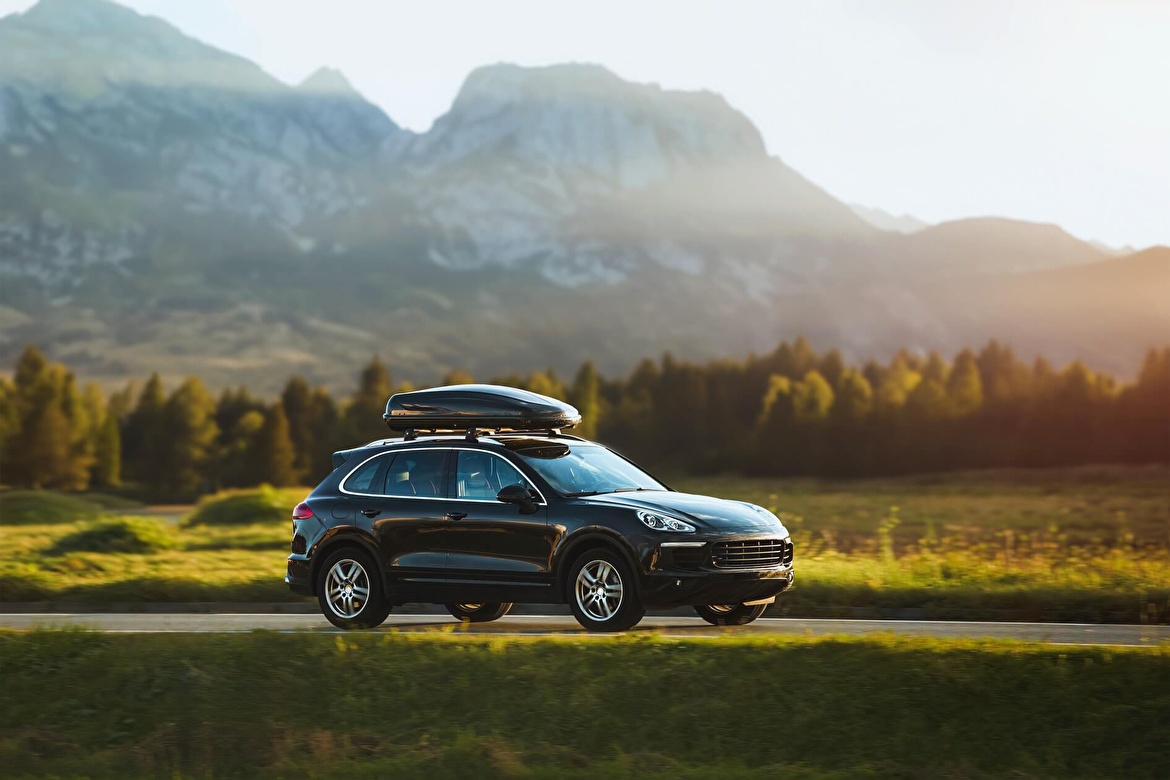
Coupe
A coupe is a two-door vehicle known for its sleek, sporty design. With a lower stance and aerodynamic shape, coupes are built for performance. They often come with powerful engines, making them ideal for drivers who enjoy a dynamic driving experience.
While coupes are visually striking, they tend to have limited rear seating and cargo space. Examples include the BMW 4 Series, Ford Mustang, and Audi TT.
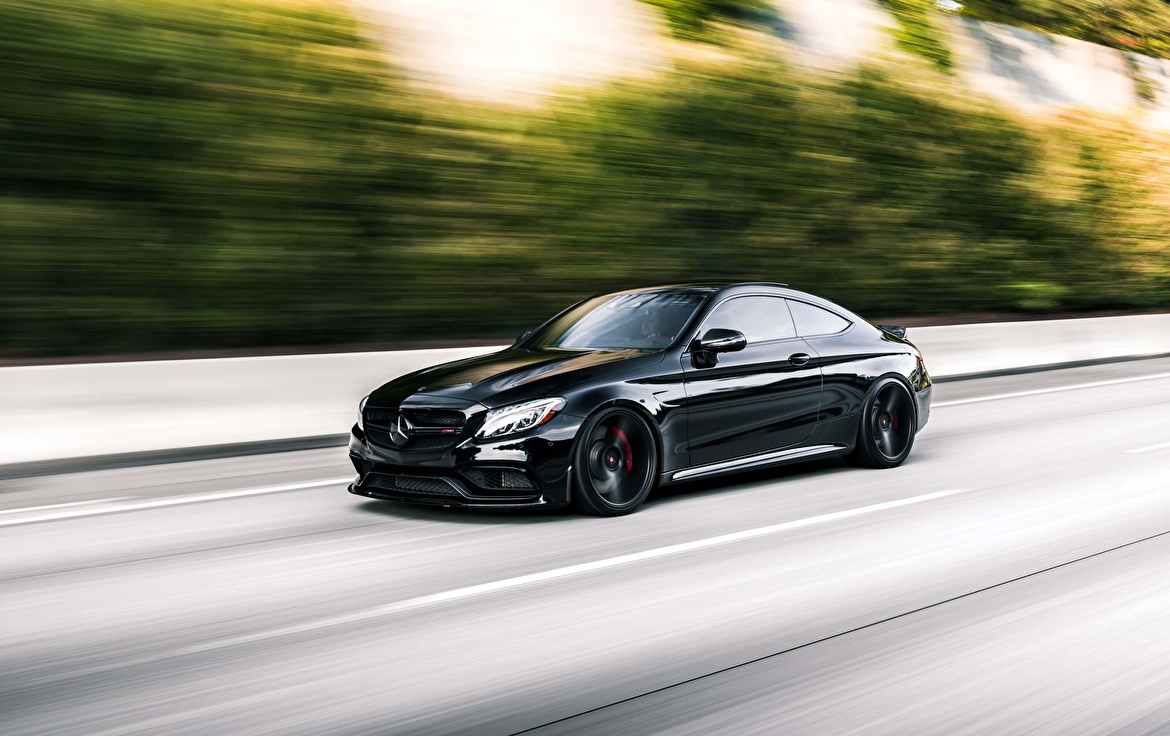
Cabriolet (Convertible)
Also known as convertibles, these vehicles feature a roof that can be opened and closed—either fabric or hardtop. With the top closed, they resemble coupes; when open, they allow passengers to enjoy open-air driving.
Cabriolets offer a luxurious and stylish driving experience and are especially popular among sports car enthusiasts. Examples include the Mini Cooper Cabrio, Mazda MX-5, and Porsche 718 Boxster.
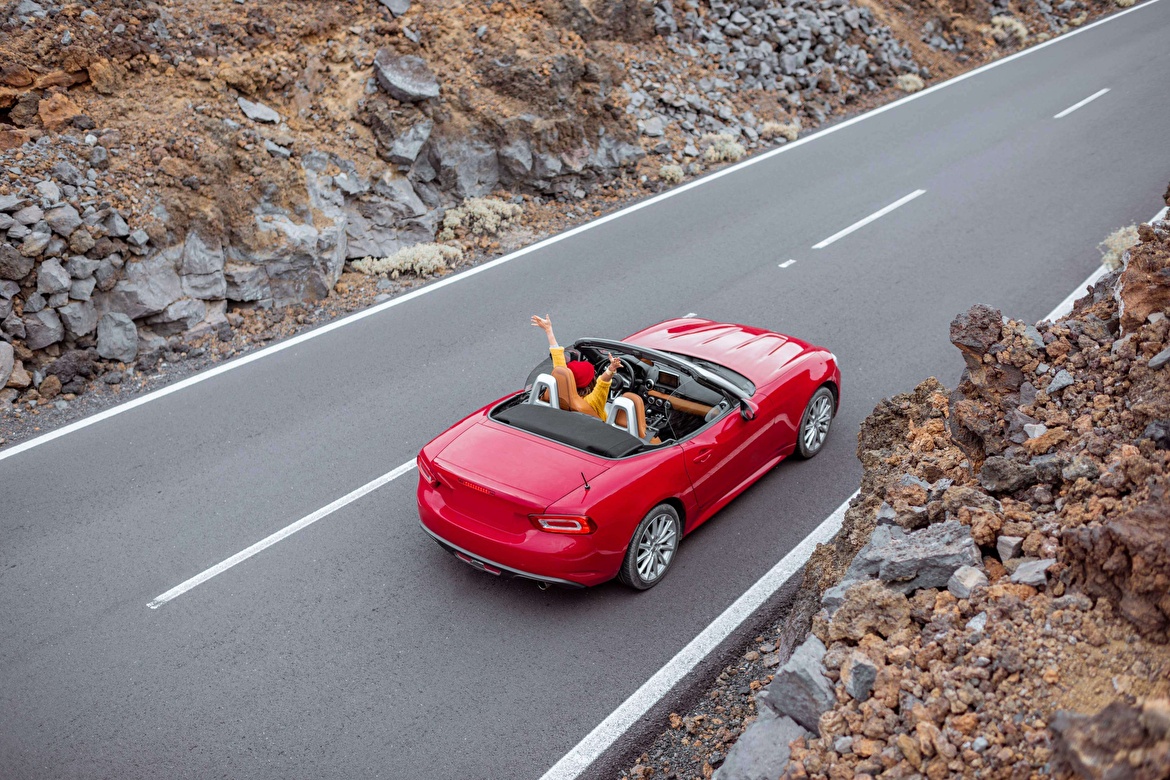
Station Wagon
Station wagons are characterized by their extended rear section, offering larger trunk space. When rear seats are folded down, they provide significant cargo capacity, making them suitable for families or users with heavy luggage needs.
They share a similar body style with sedans but offer greater practicality. Examples include the Volvo V60, Audi A4 Avant, and Mercedes-Benz C-Class Estate.
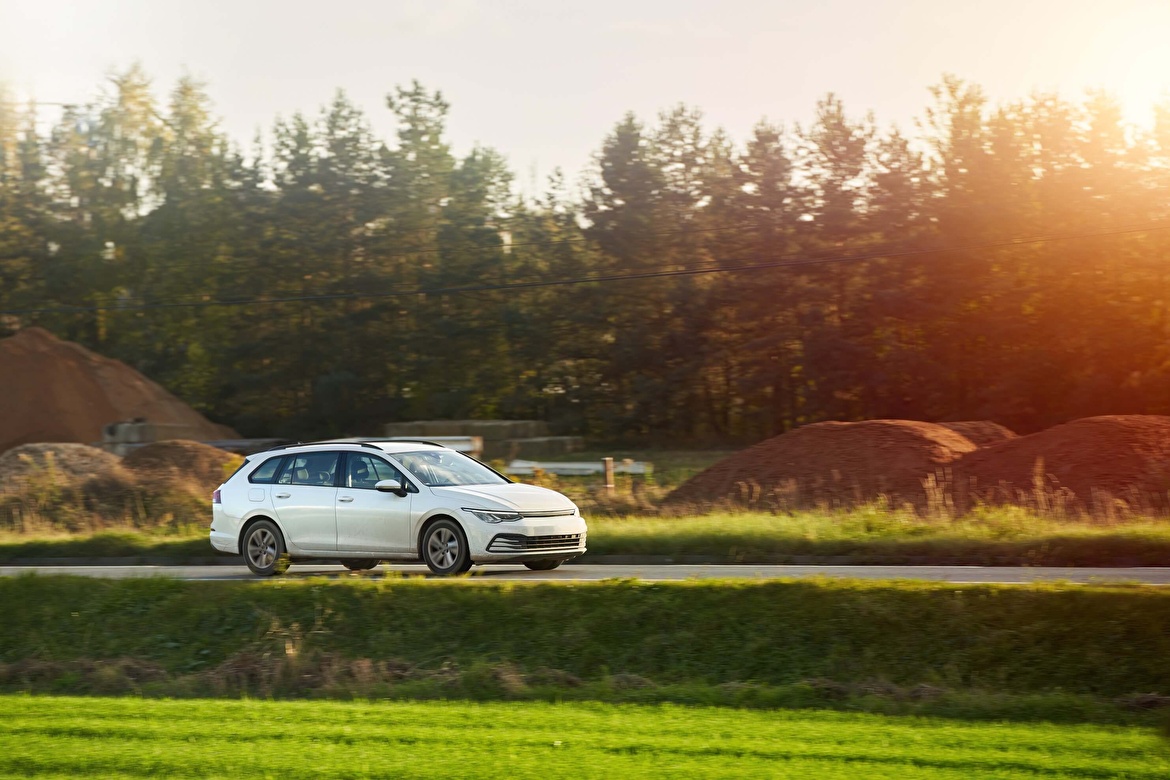
Pickup
Pickups are robust vehicles designed for high load capacity. They feature a front passenger cabin and an open (or covered) cargo bed in the rear. Suitable for both commercial and personal use, pickups are frequently used in construction, agriculture, and similar fields.
They offer exceptional performance in off-road and challenging driving conditions. Examples include the Ford Ranger, Toyota Hilux, and Chevrolet Silverado.
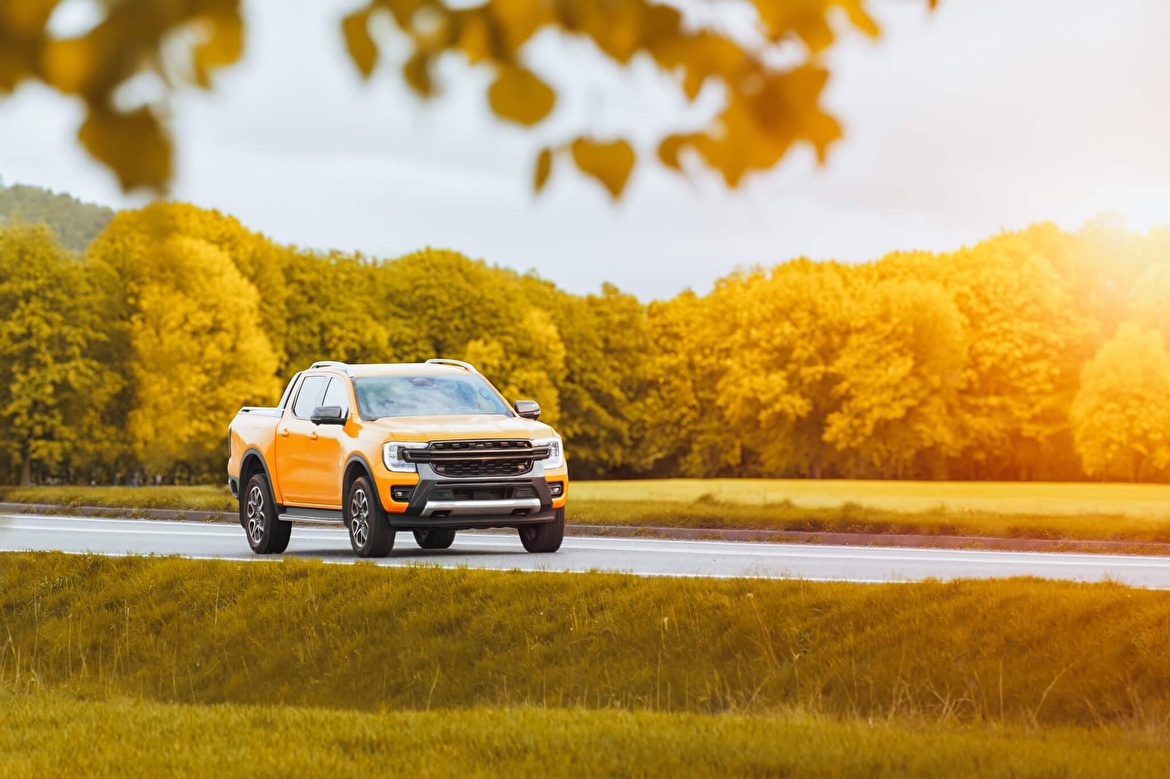
Minivan / MPV (Multi-Purpose Vehicle)
Minivans or MPVs are spacious vehicles specifically designed for families. They feature elevated seating and wide interiors, making them comfortable for transporting multiple passengers.
Minivans are known for their safety, practicality, and ease of access. Examples include the Ford S-Max, Volkswagen Caravelle, and Mercedes V-Class.
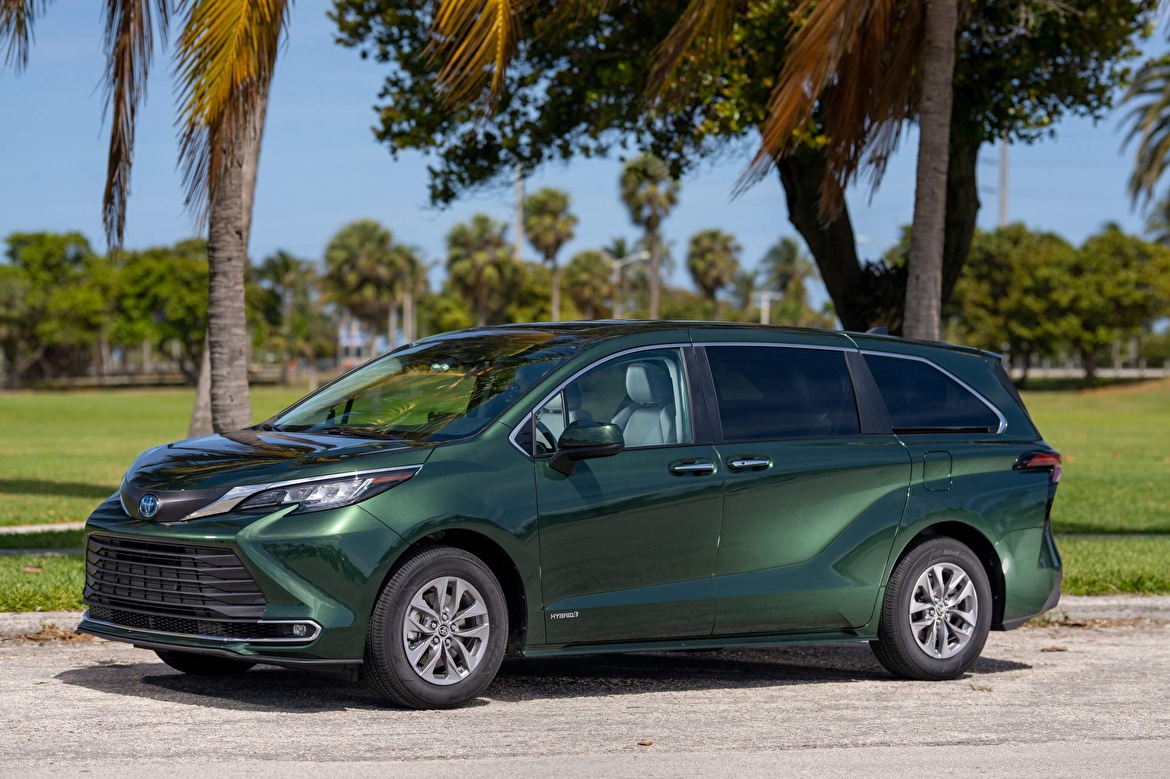
Crossover
Crossovers blend the features of SUVs and hatchbacks. While they resemble SUVs in appearance, they are more compact and lighter in structure. Crossovers offer a higher driving position and a roomy interior, delivering both style and practicality.
They are also more fuel-efficient than traditional SUVs. Examples include the Toyota C-HR, Peugeot 3008, and Volvo EC40.
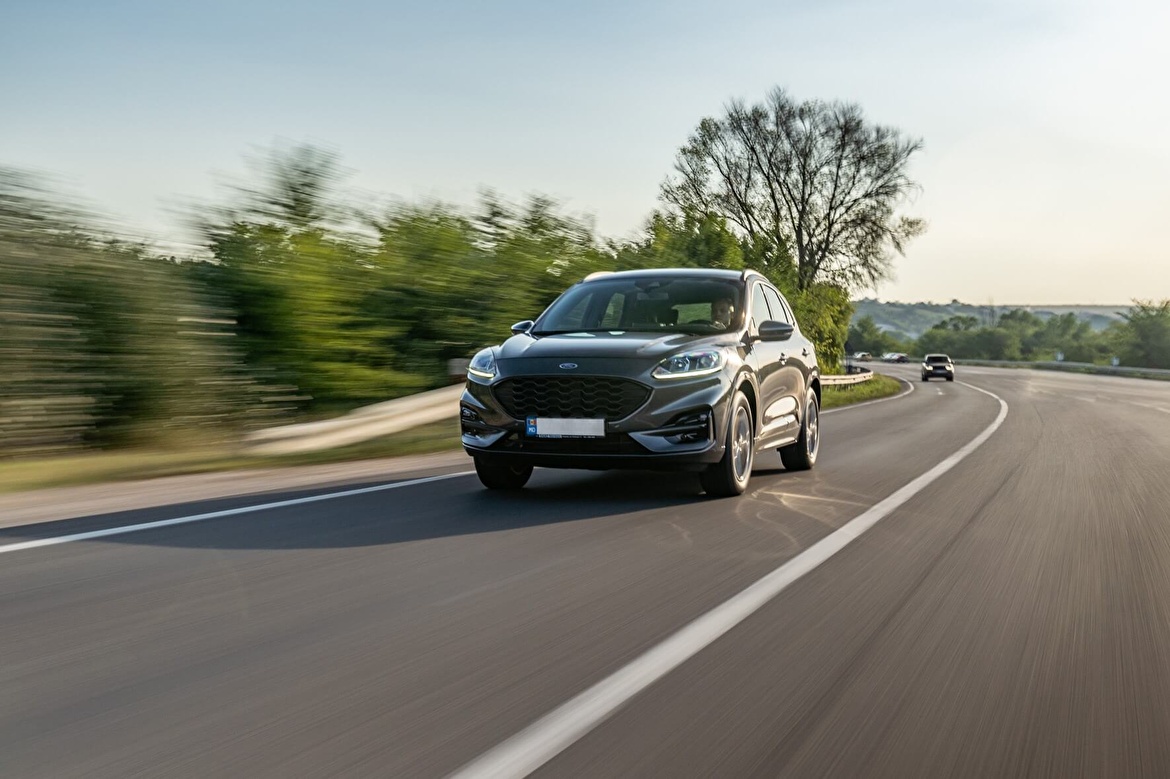
Choosing the Right Car Body Type
Choosing a car’s body type is a key decision that should align with your intended use. While a compact hatchback may be suitable for city driving, a sedan or SUV may offer greater comfort for long-distance travel. Body type influences several factors, from fuel consumption to interior space. Identifying the right fit for your needs will elevate your driving experience and enhance overall convenience.
Fleet Solutions Tailored to Your Needs with DRD Fleet Leasing
At DRD Fleet Leasing, we offer a wide selection of vehicle models and body types—sedan, SUV, hatchback, and more—to meet your business needs. We manage your fleet’s maintenance, repairs, and operational tasks, so you can focus solely on enjoying a safe and comfortable driving experience.
We’re here to help you select the most suitable vehicles and manage your fleet seamlessly. Click here to request a custom offer and discover our tailored solutions.
